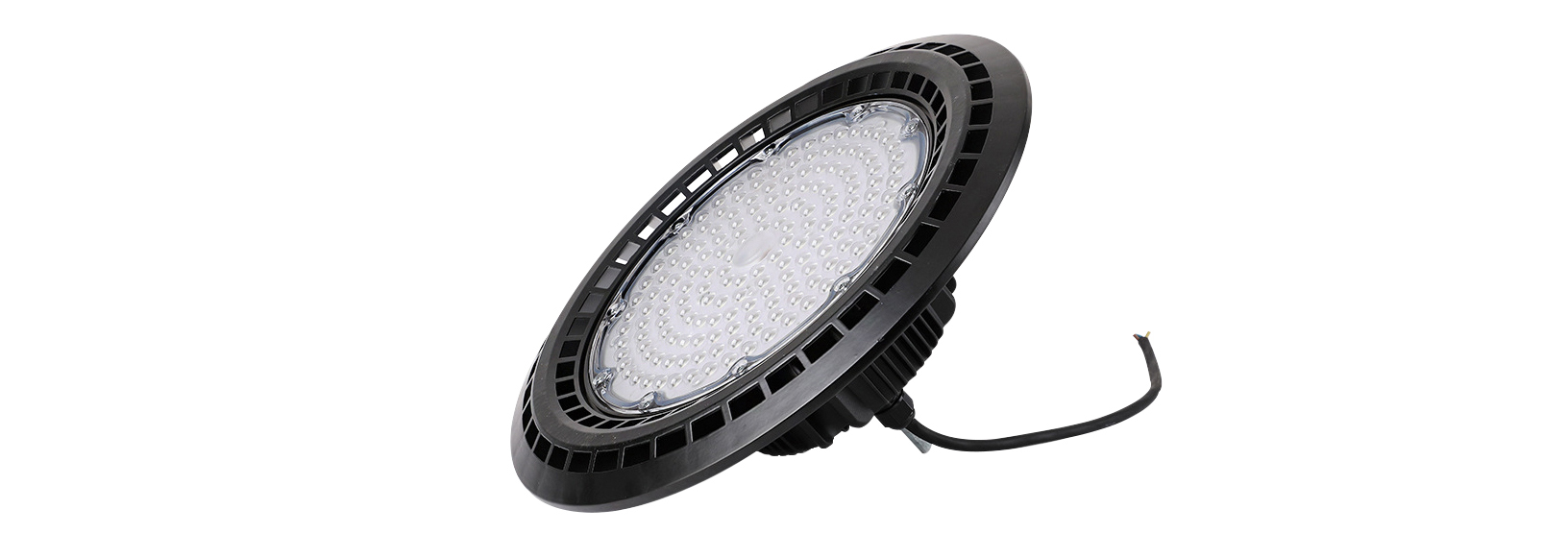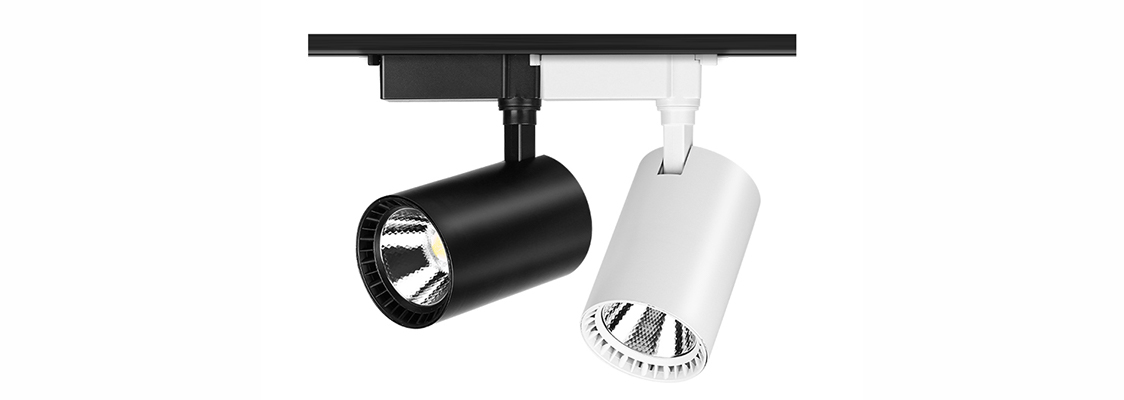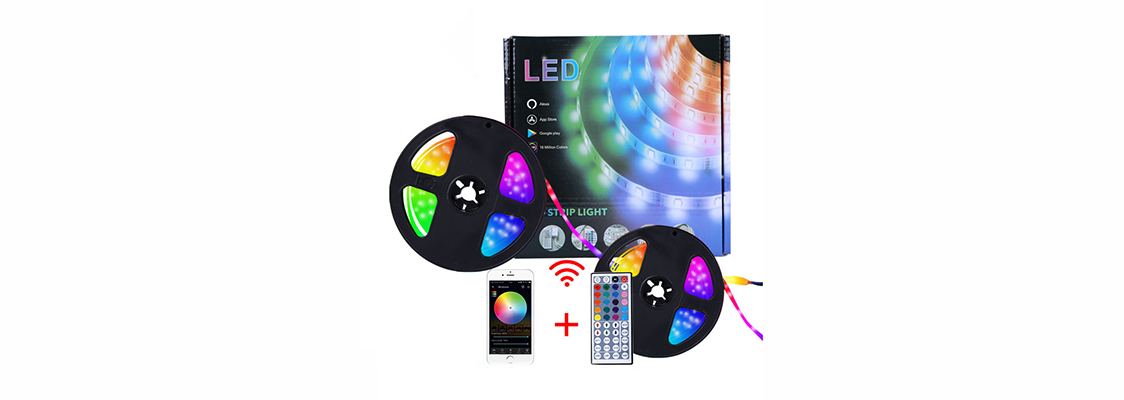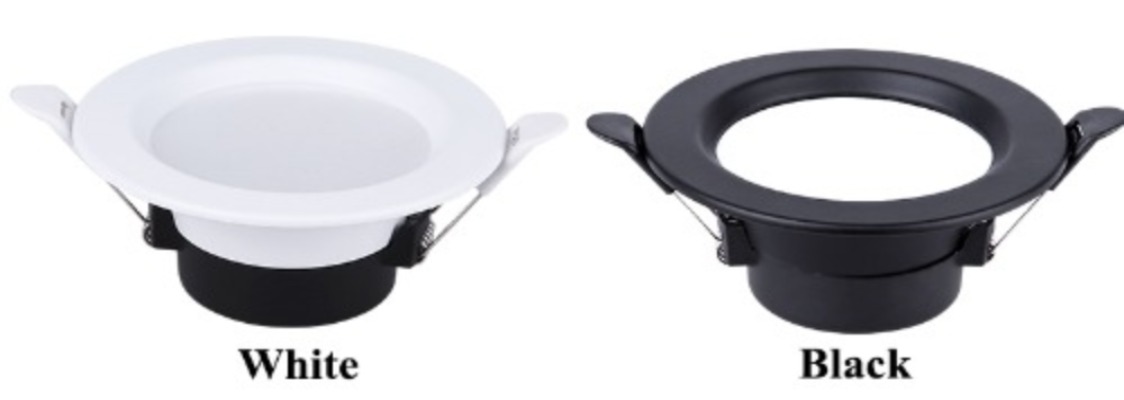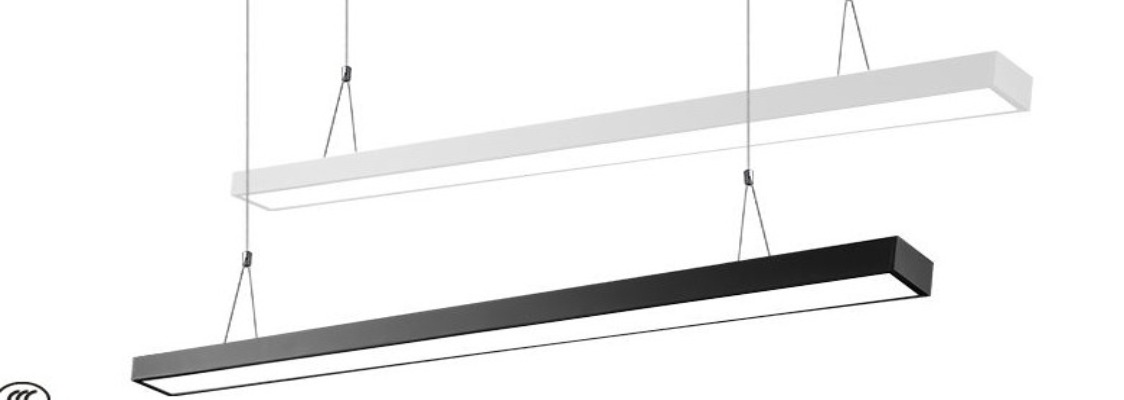LED shop lighting guide
Sep 09,2022 | CANMEILIGHTS
Sale posters and coupons aren't the only ways to make sales. You can use lights to your advantage, too. LED shop lighting can be used to create an environment that makes shoppers feel welcome and caters to their needs and expectations. Use LED store lighting to draw people in, keep them focused, guide them throughout your store, and save money. There are so many ways that the right lighting can be beneficial to customer satisfaction and sales.
There are some types of LED shop lighting, and different types of light used in different applications.
LED High Bay Lighting
LED Pendant LightsStrip Lights
LED Track Lights
LED Downlights
LED Spotlights
LED Corn Bulb
consider the lighting basics
When you come into a clothing shop, one is with incandescent lighting and the other with warm lighting, which one would you prefer?
This is the mystery of shop lighting. Of course, there's more to effective LED retail lighting than meets the eye. Creating an efficient lighting system that looks how you want while promoting products, making customers feel comfortable, and, in turn, increasing sales involves knowing the technical details of potential bulbs and fixtures. These details include efficacy, color-rendering index (CRI), correlated color temperature (CCT), and intensity.
Intensity/Lumens
In the past, the brightness of incandescent, halogen, fluorescent, or high-intensity discharge (HID) lights was measured by wattage. Now, a common method for measuring brightness is lumens. The higher the lumens, the brighter the bulb.
If you're upgrading from incandescent to LED and want a bulb or fixture that's similar in brightness, you can use lumens for an estimate of what incandescent wattage would be. Simply remove the last number of the lumen value. The number that's left represents the estimated incandescent wattage. As an example, an LED light that emits 300lumens is approximately as bright as a 30-watt incandescent bulb.
Efficacy
As a business owner or manager, you're most likely concerned with getting the biggest bang for your buck. By paying attention to efficacy, you can make sure that you get the most light for the amount of power the bulb or fixture consumes. Efficacy is the amount of visible light that is produced with a certain amount of power (watts). You can determine the efficacy of a product by dividing its lumens by the watts it consumes. For example, a bulb that emits 300 lumens and consumes 5 watts of power (300/5) has an efficacy of 60 lumens per watt. A bulb with this efficacy would be a much better option than one that emits 300 lumens at 7 watts.
CRI
Different CRI indices will make a difference in the presentation of the product. Theoretically, the higher CRI will be better perform the color rendition. when it comes to clothing or food. This means choosing lights that are designed not to distort colors. Lights with high CRIs are crucial for this. CRI indicates how accurately a light source reveals the true colors of objects, people, clothing, etc.
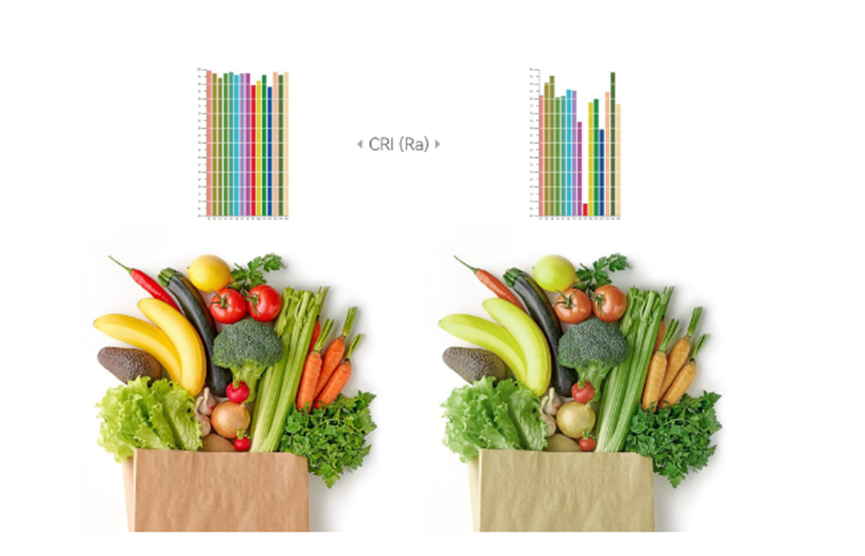
If something appears to be the wrong color, it can drastically impact sales. Food and clothing are the most likely to be passed up if they don't look how people expect. Take for instance a red shirt that looks almost orange or a vegetable that looks dull in color. These items are going to lack the appeal of bright, accurately colored products.
CCT
CCT indicates the hue and tone of white light emitted from a specific bulb or fixture. CCT is measured in Kelvins (K), which is similar to degrees Celsius. Different temperatures on the Kelvin scale represent different colors. For example, a light at 2000K-3500K looks more orange/yellow and is called ultra warm or warm white, and as temperature increases in Kelvins, color changes to more of a "paper white" known as natural or neutral white (between 3500K and 5100K) and finally into a bluish-white known as cool white (5100K+).
Right Lights For Your Lighting Goals
Right lighting to improve the customer shopping experience
The color temperature you choose will depend on the mood and shopping experience you want to give your customers. A retailer like IKEA for instance strives to create a laid-back, relaxed atmosphere and utilizes warm white and even ultra-warm white lights. Add on the cozy furniture setup and music and it's clear that the goal is to get customers to hang out, relax, and spend more time in their store. Logic says that the more time you spend in a store, the higher the chances are that you'll buy something.
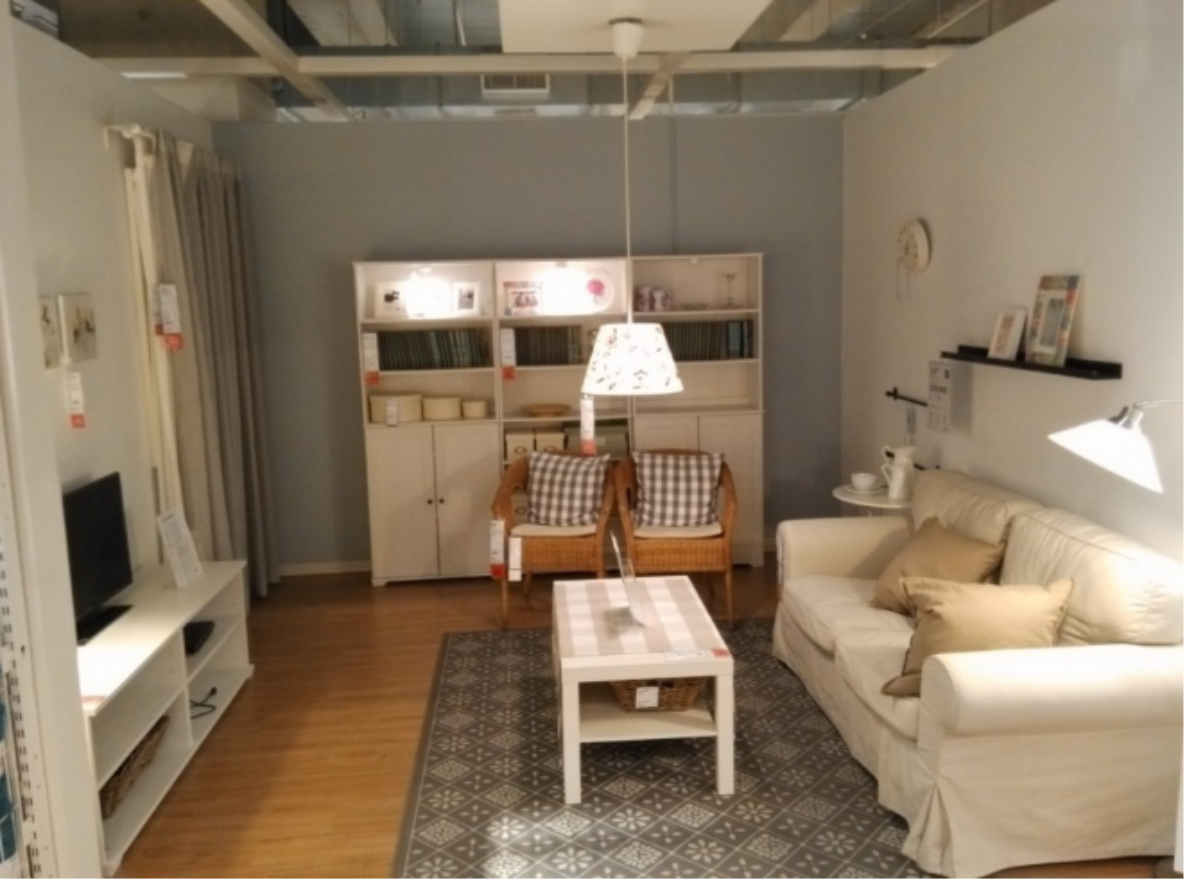
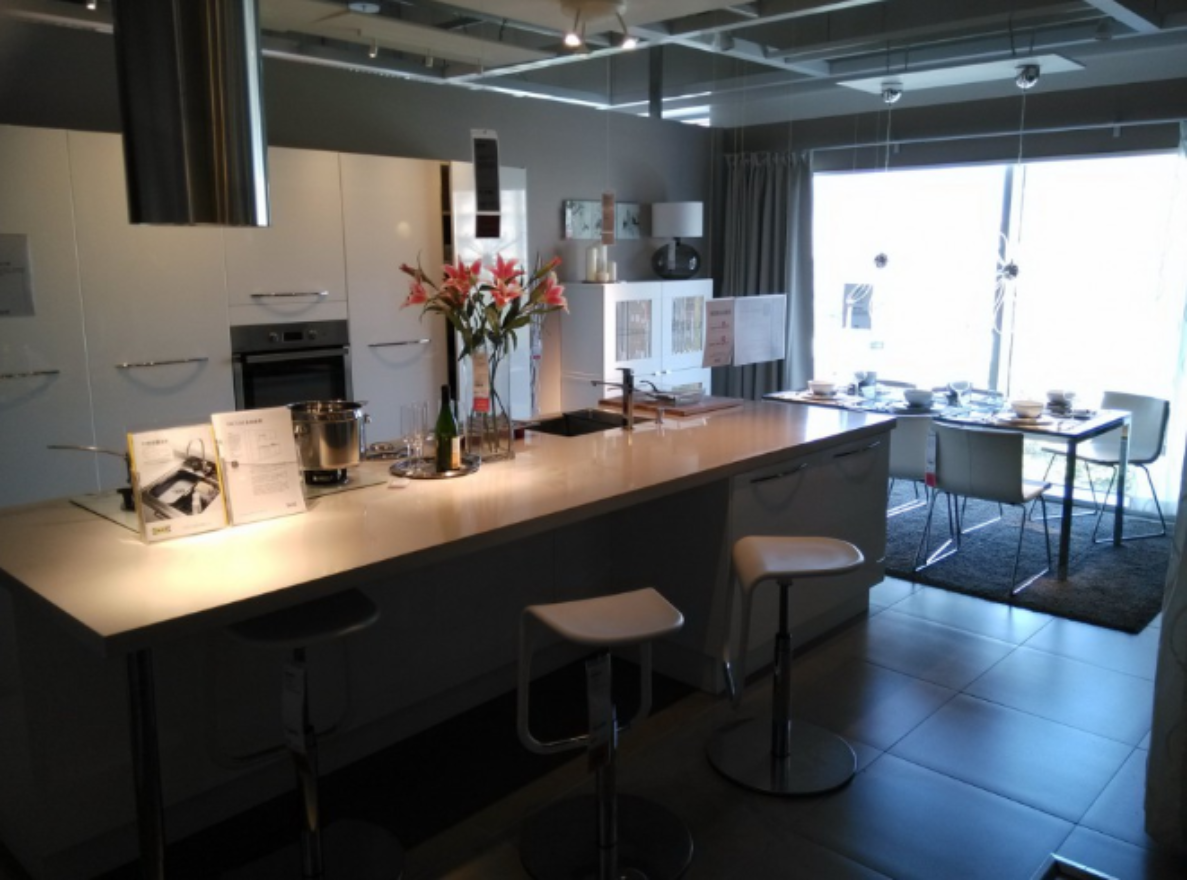
Walmart, on the other hand, uses a different approach to make sales. Their stores are filled with bright natural white light to showcase the wide variety of products that they offer. Customers are going to struggle in a store like Walmart if it's dimly lit. Knowing whether or not a shirt looks good is a lot different than buying new pots and pans. Dim light is flattering and more forgiving when customers are trying on clothes, but it won't help you read whether or not your pans are dishwasher-safe or scratch resistant. The lighting you choose should mesh well with the products you're trying to sell. Using lighting to set the mood is a great idea so long as that mood doesn't impact a customer's ability to shop.

Right lights to get customer attention to products
One of any retailer's main goals when choosing to light is to make sales. Use light to your advantage when trying to highlight certain things or create visual appeal. Make it obvious where new arrivals or sale items are. Use light to create a path that will guide customers through your entire store. Use LED sign modules for your store window or LED light boxes that feature your products. Anything unique, whether it's cove lighting, lighting under a set of shelves, decorative light fixtures, or simply how you arrange your lights, is more likely to catch someone's eye.

But, don't overdo it. While the right lighting can be beneficial in many ways, it's important to know what's too much. Don't overwhelm shoppers with bright lights everywhere, too many unique lighting products, or too many colors; they can be distracting.
Don't use the same level of light for everything
Choose what you want your LED lights to illuminate. Backstock, for instance, doesn't need to be lit. It's important that you properly light what's immediately visible to your customers, but don't worry about what is not meant to be seen. You may want to use different lighting to draw customers toward certain items, such as new arrivals. You're also most likely going to want to choose different LED lighting for fitting rooms.
Don't forget about glare or reflections
Lighting is just as much about how you're using a bulb or fixture as it is about the product you're using. If your goal is to create an inviting atmosphere that helps customers shop effectively, it's best not to aim lights in their faces. Lights should be aimed at or placed above what you're trying to sell and where you're trying to direct customers. Take into consideration the location of any glass or reflective surfaces. If possible and if necessary, lights should also have diffusing covers or lenses. Be careful not to forget your parking lot lights. If outdoor lighting isn't properly aimed or shielded, it can cause glare—affecting driver visibility. Depending on the color temperature and positioning of an LED parking lot or building lights, it's also possible to pollute the night sky and disrupt our ecosystem.
If you want to know more about lighting options, visit our site. we provide some led lighting options.
Get a quick inquiry:
Reference: https://www.waveformlighting.com/

